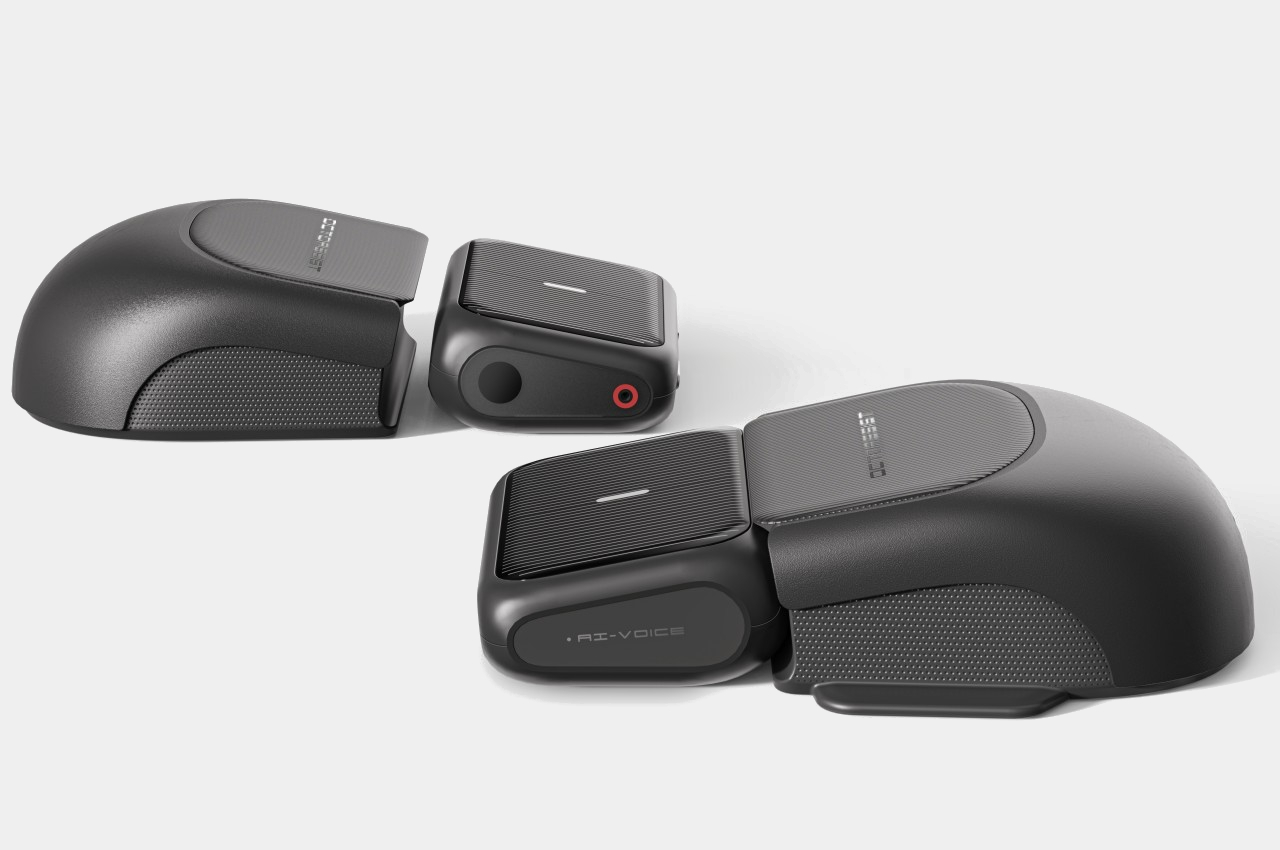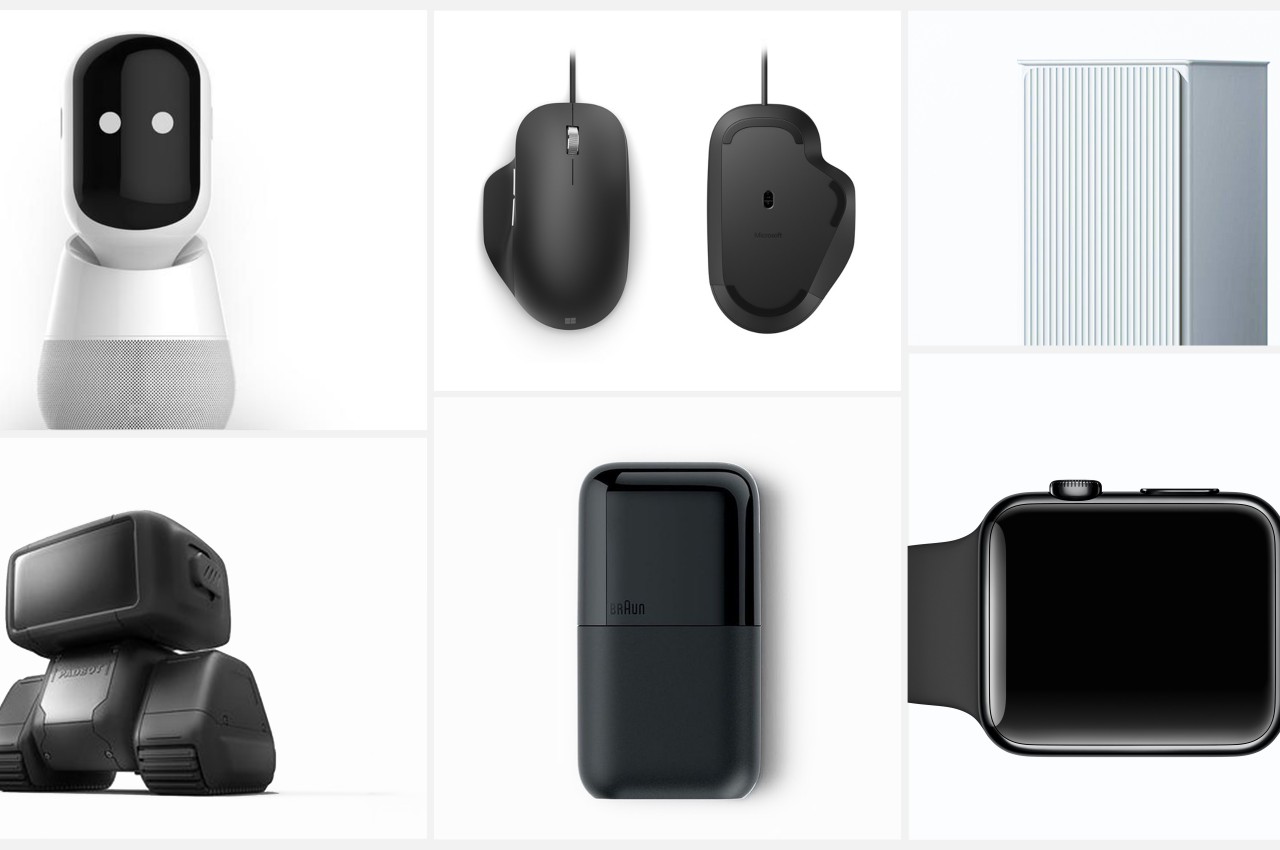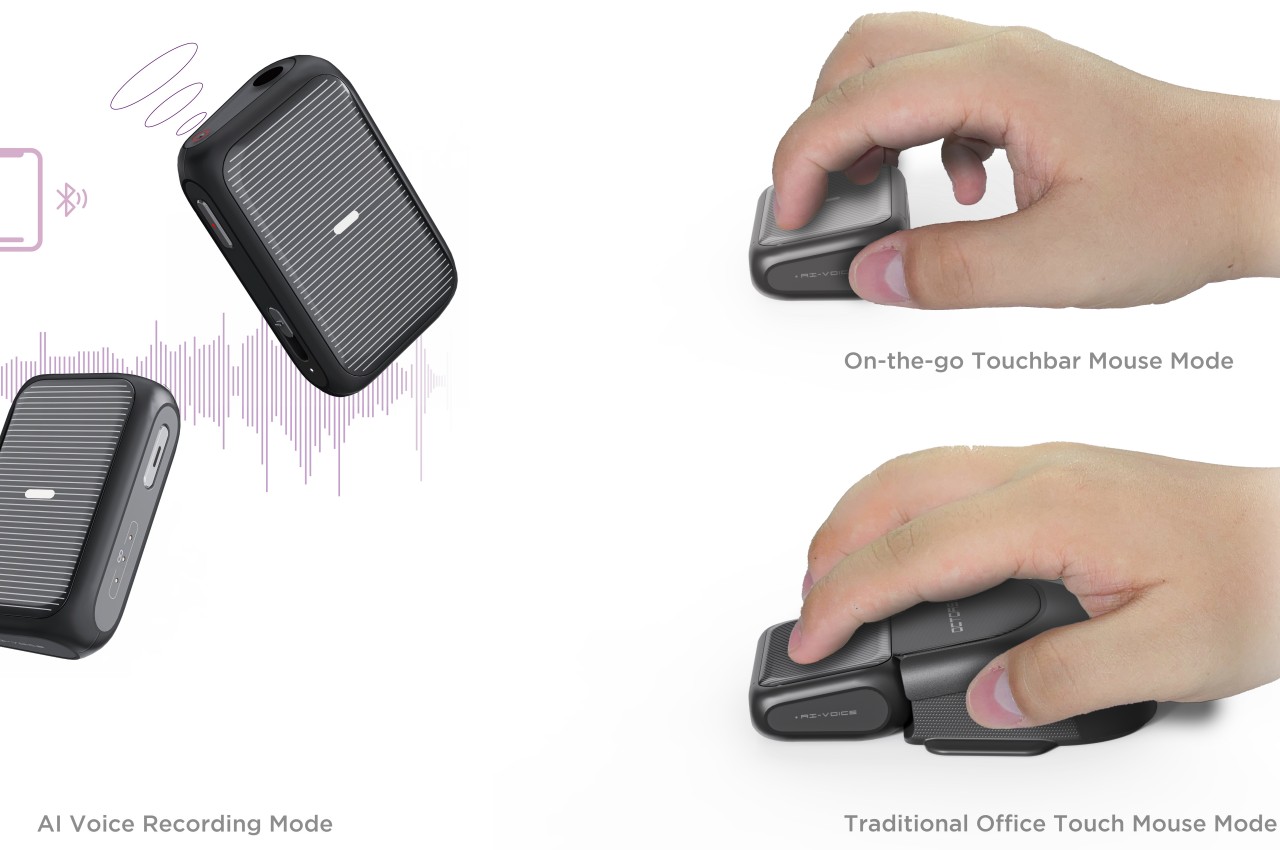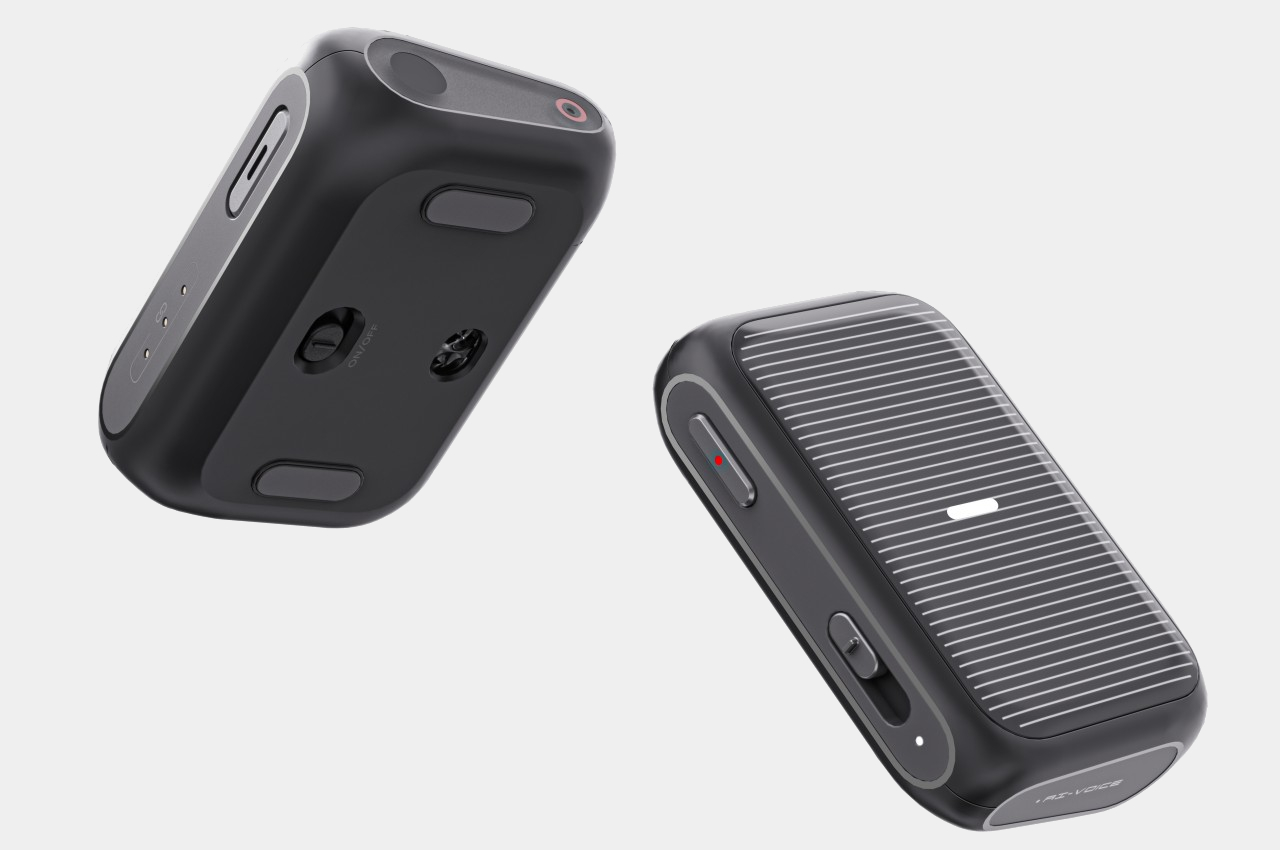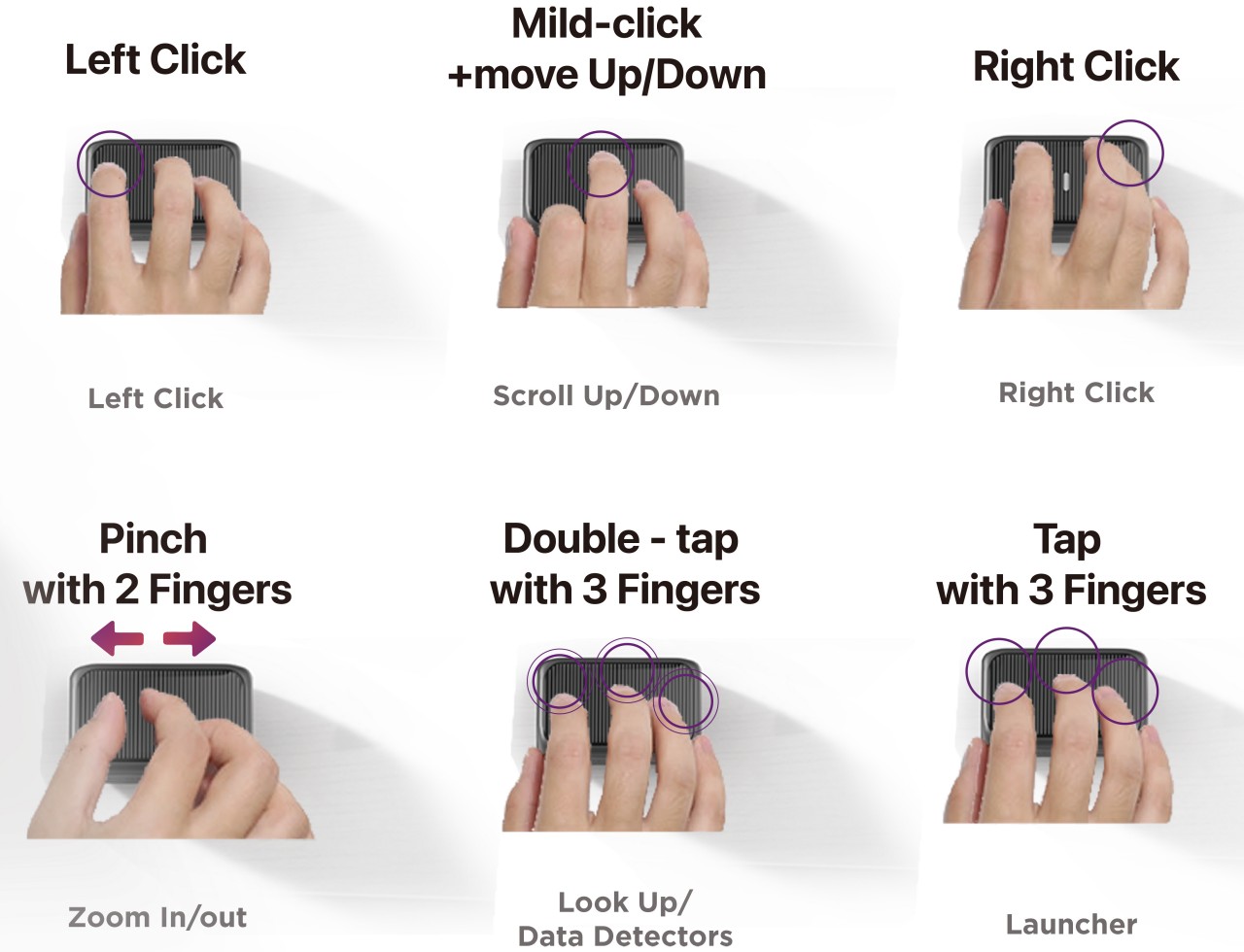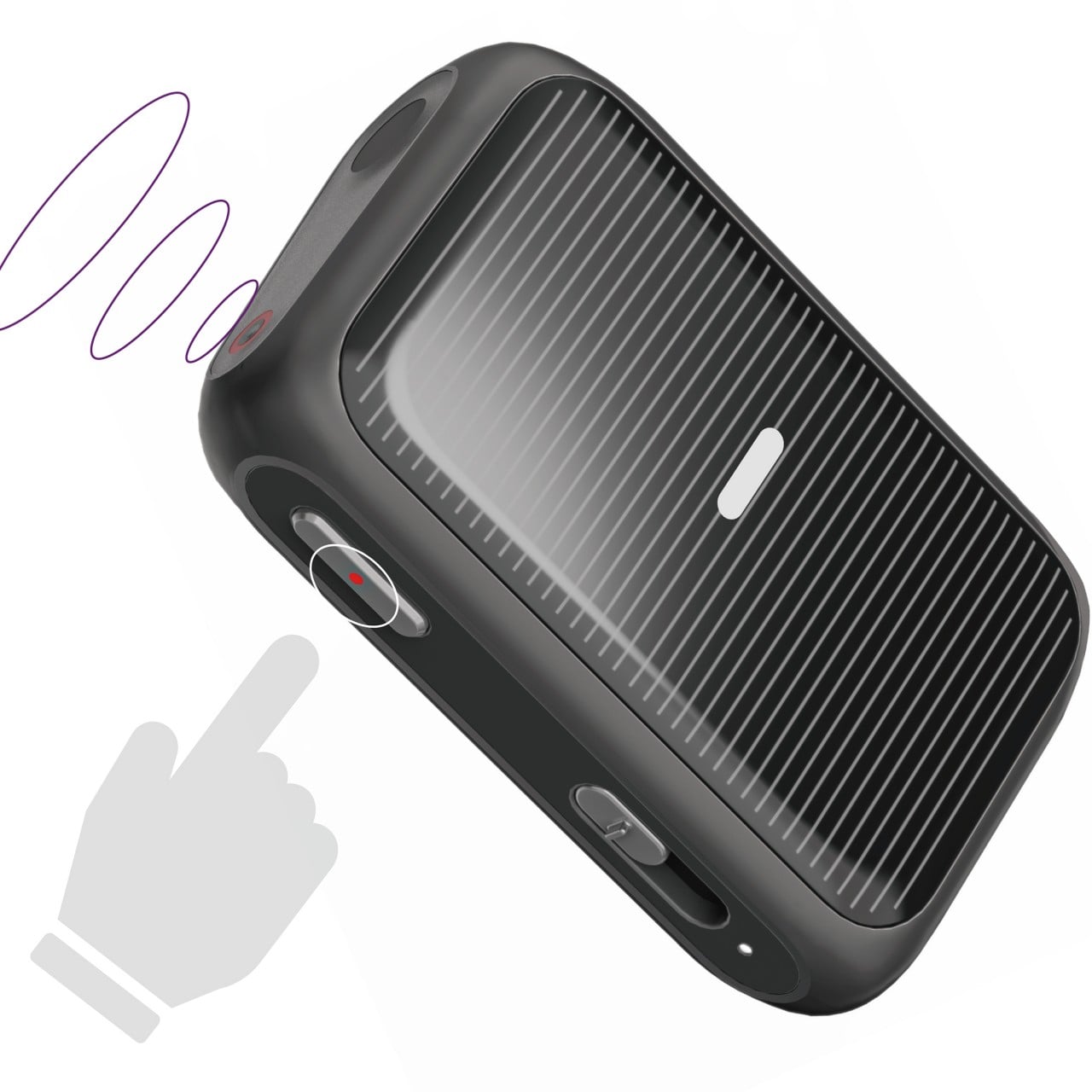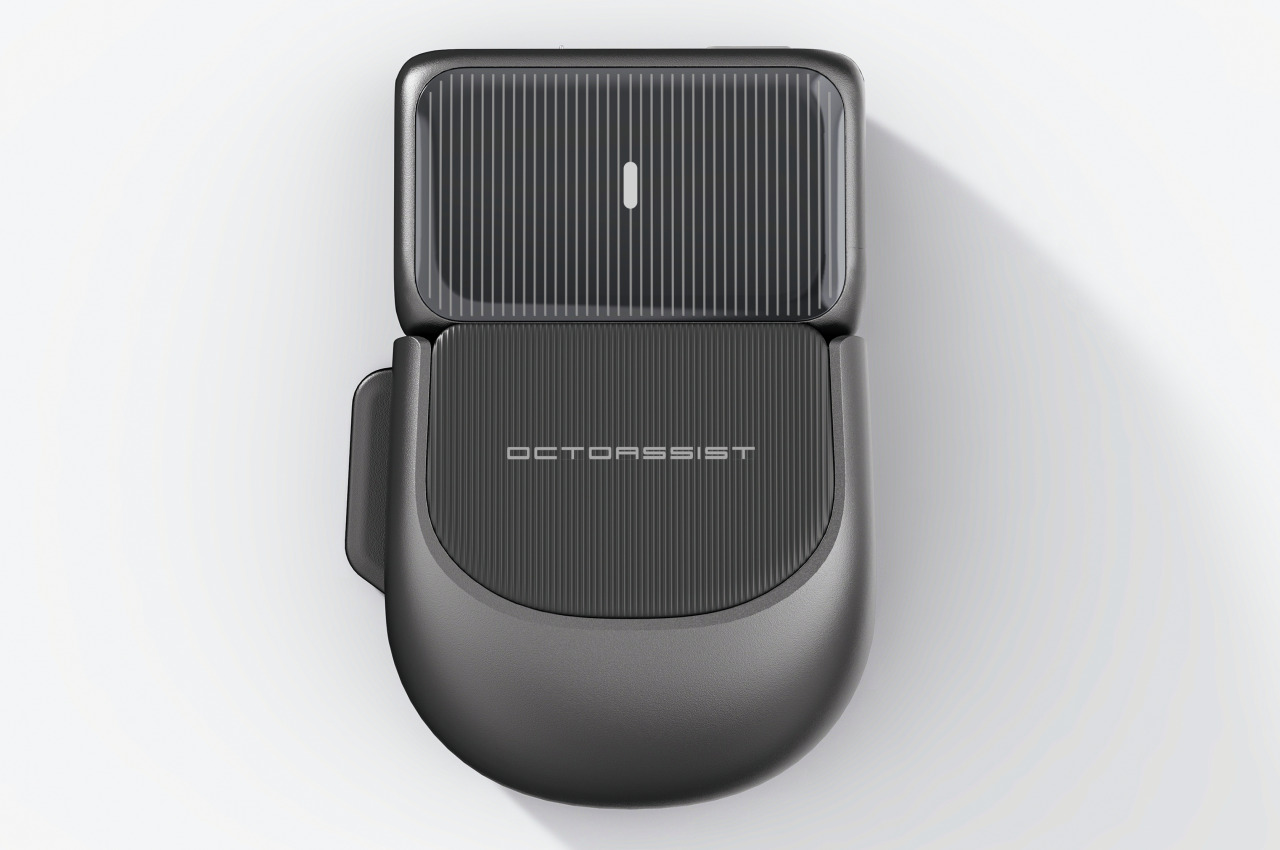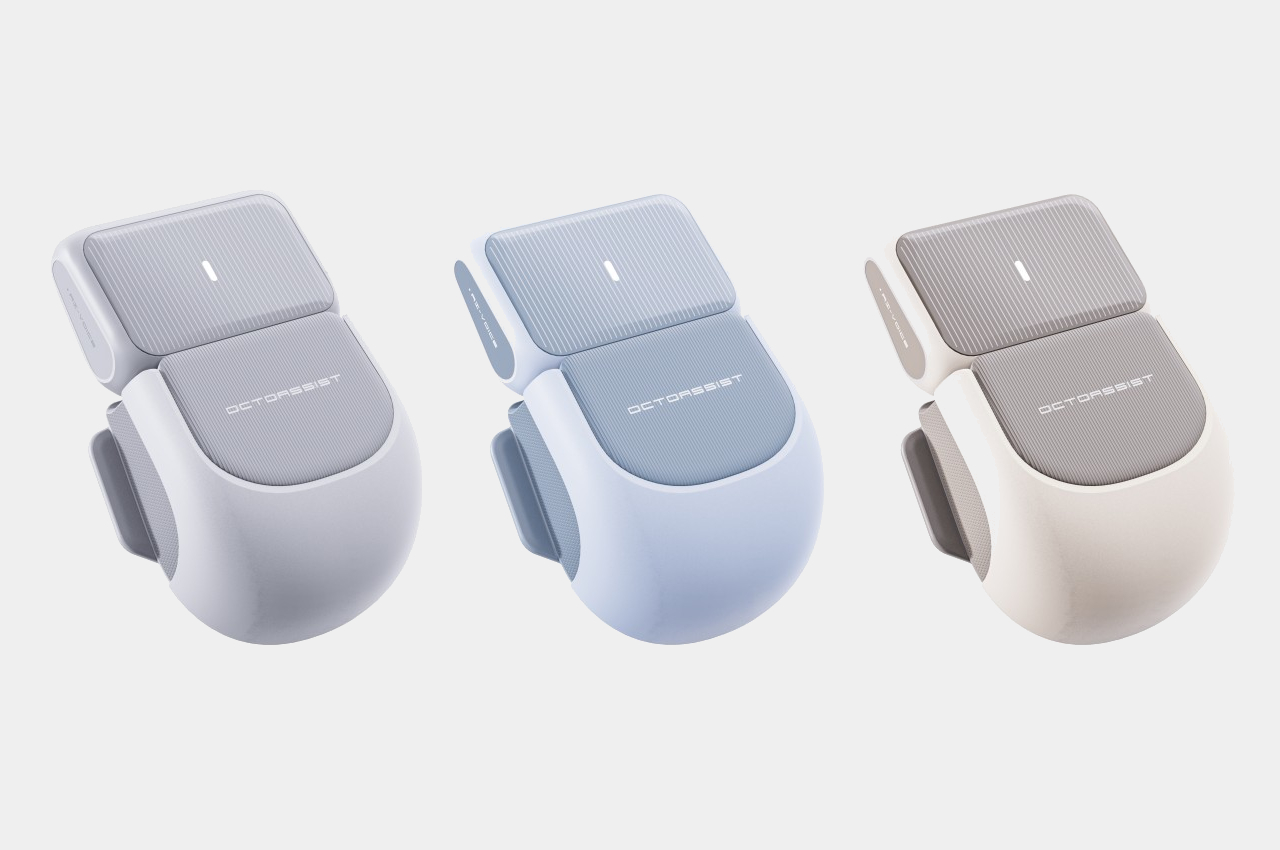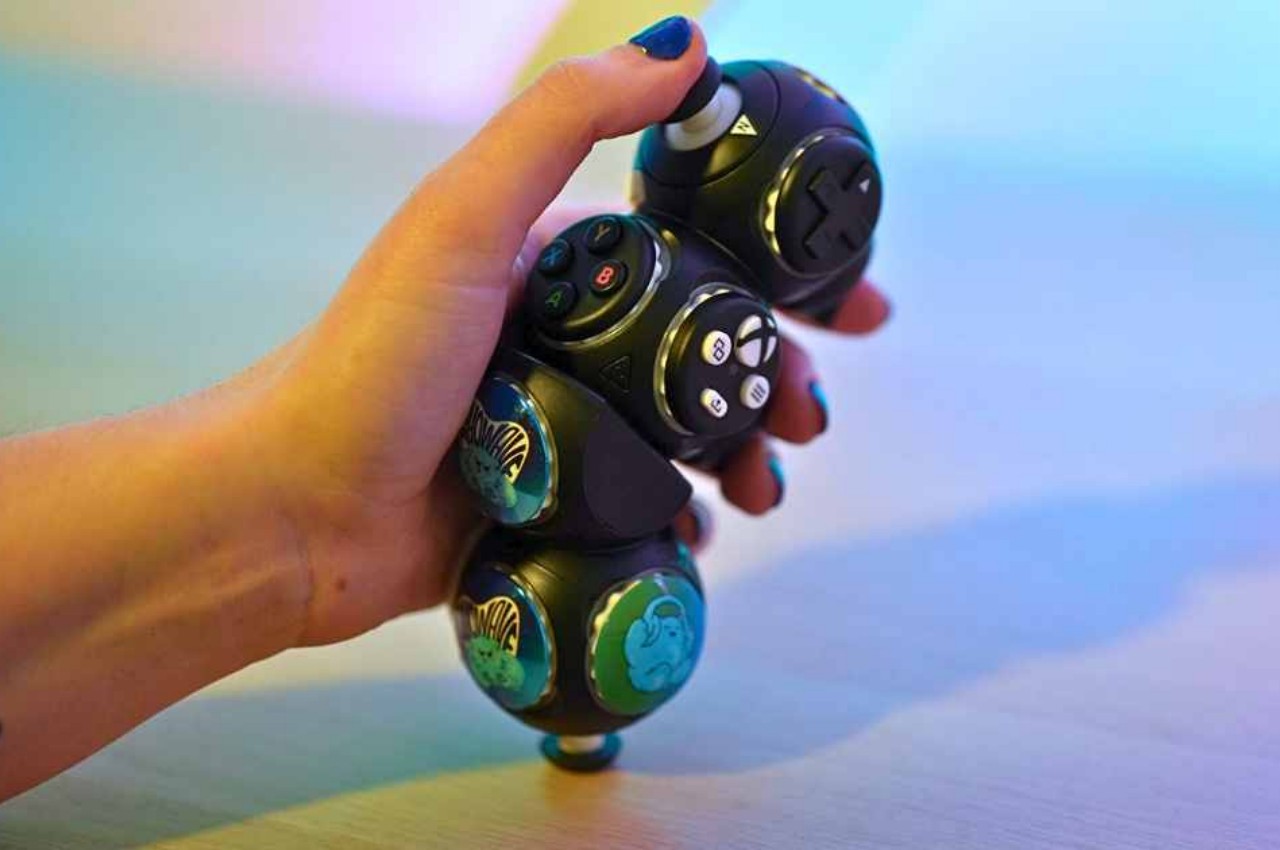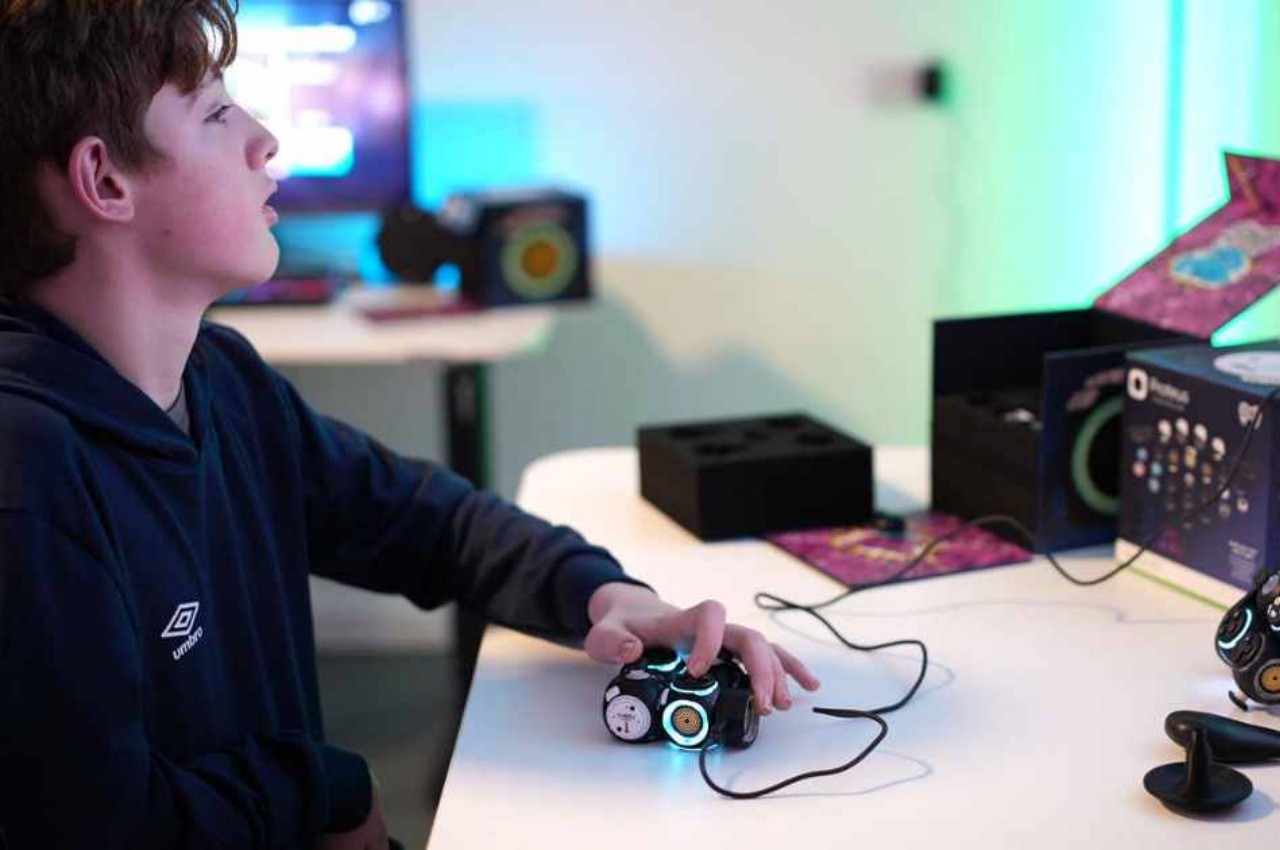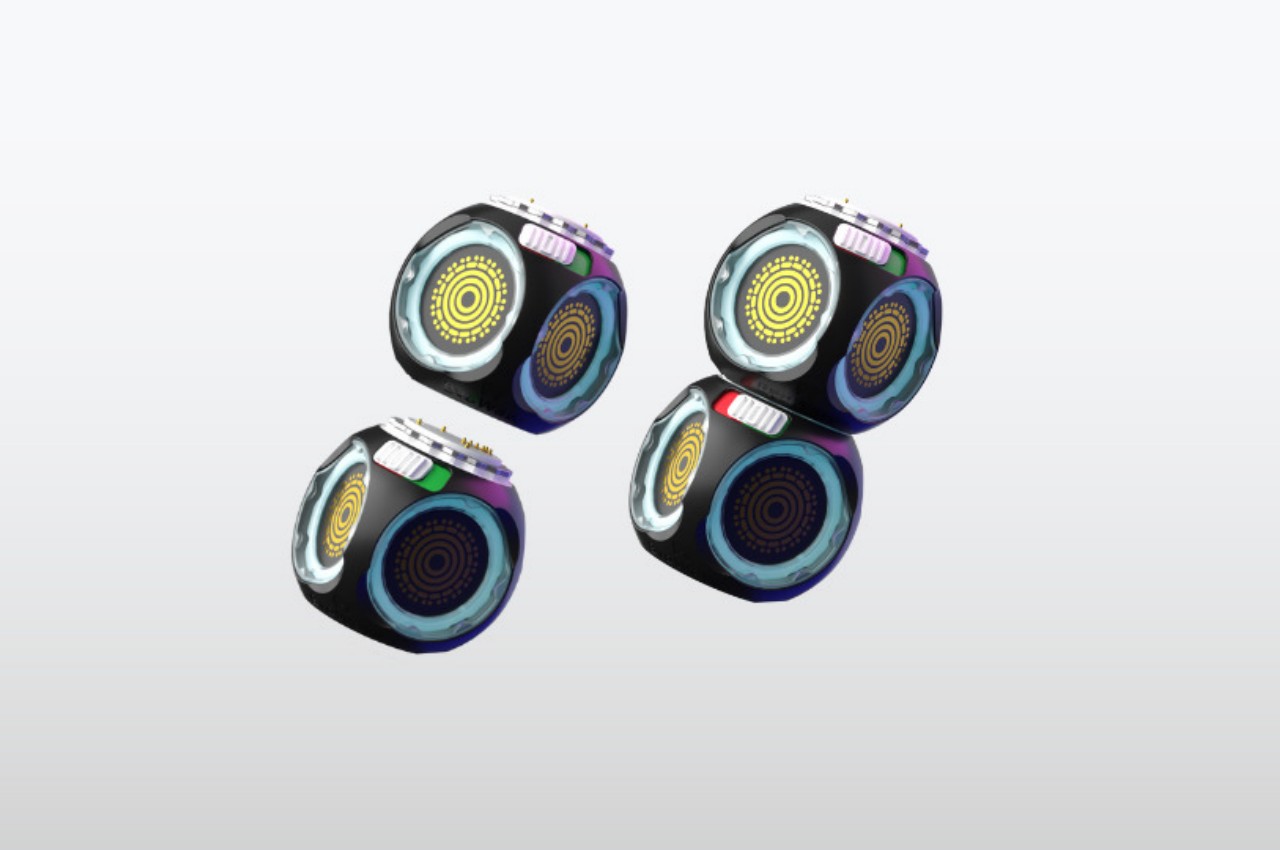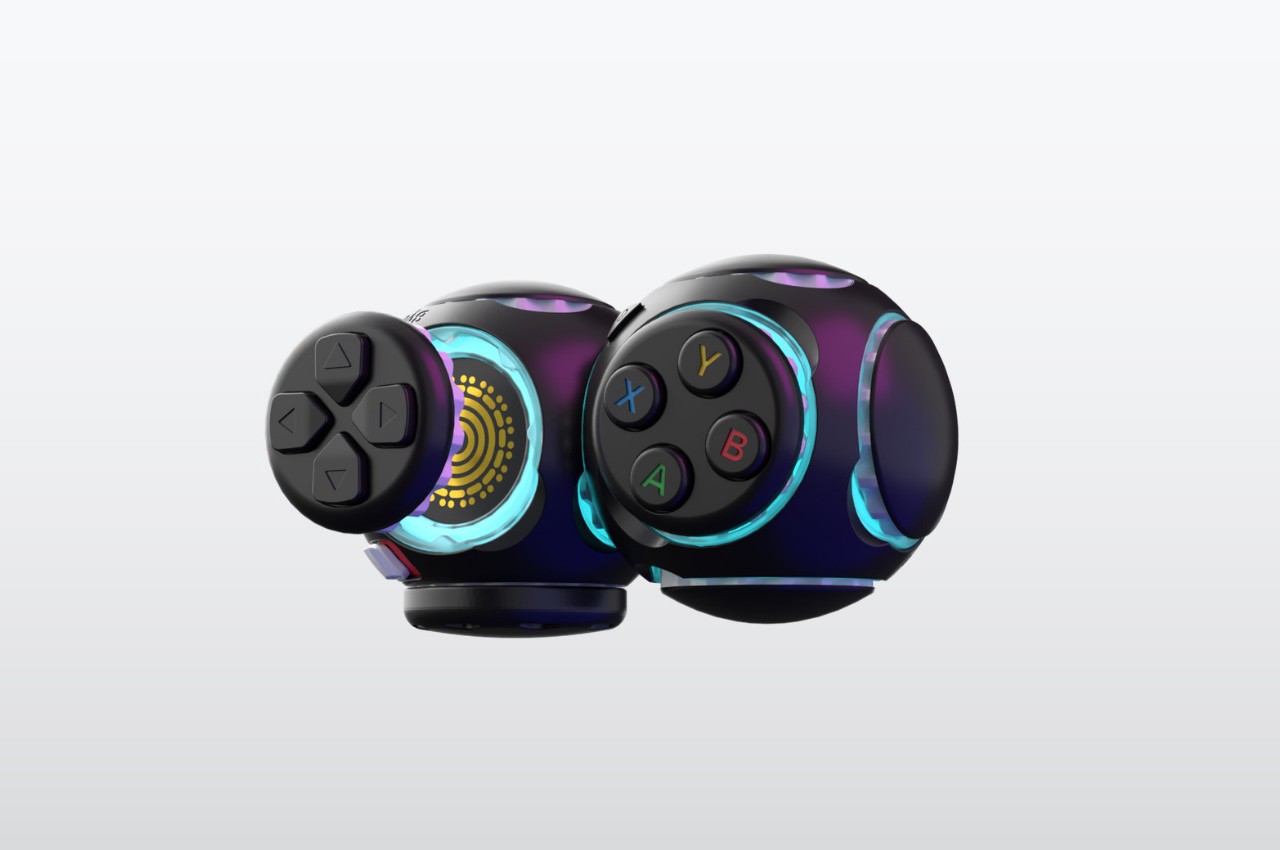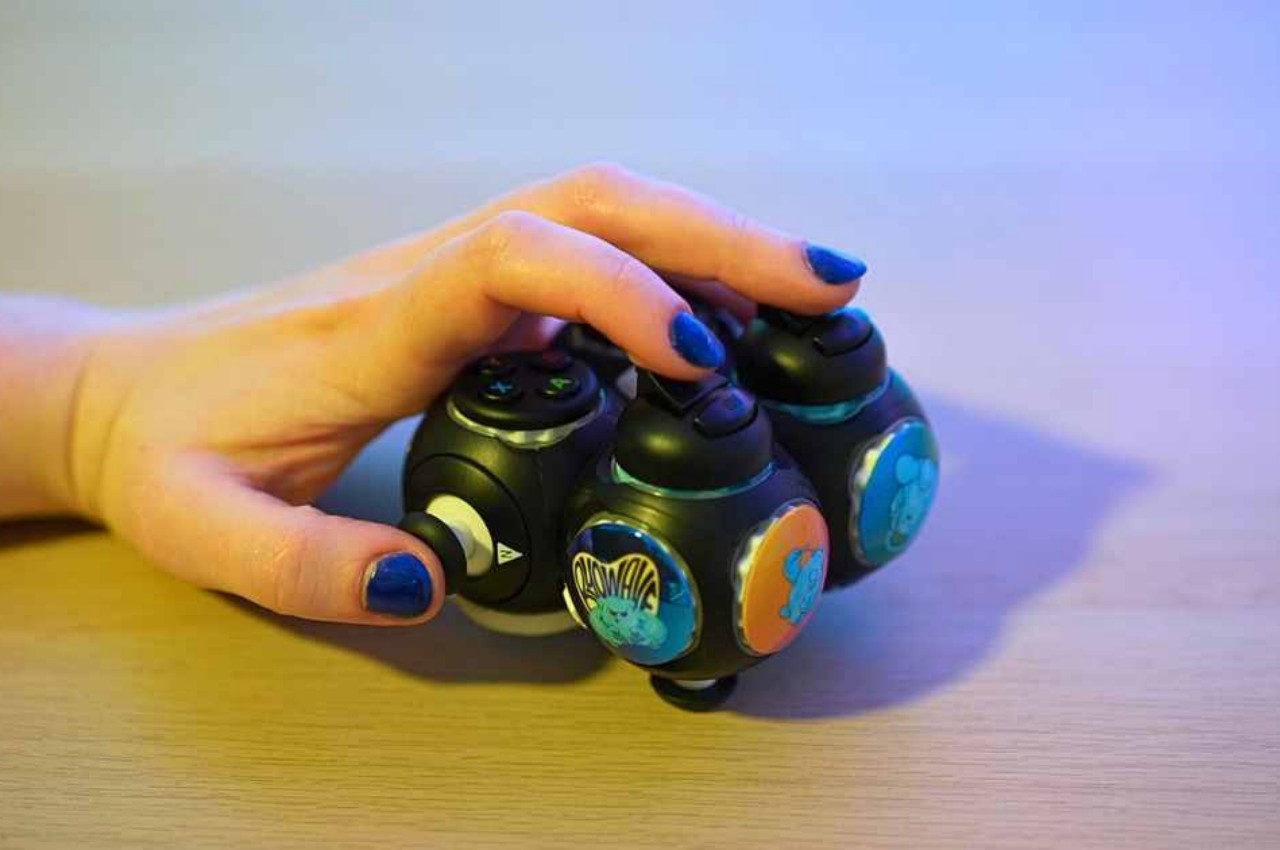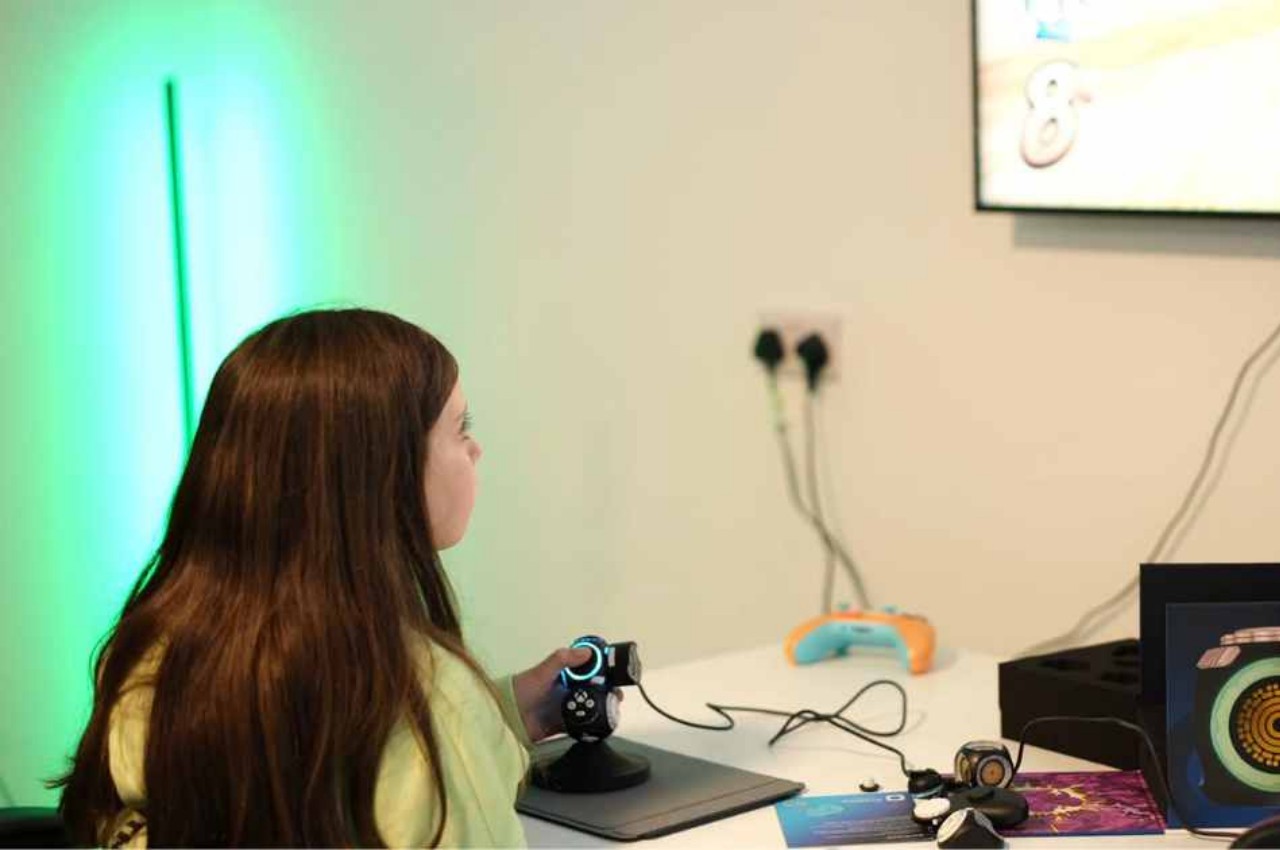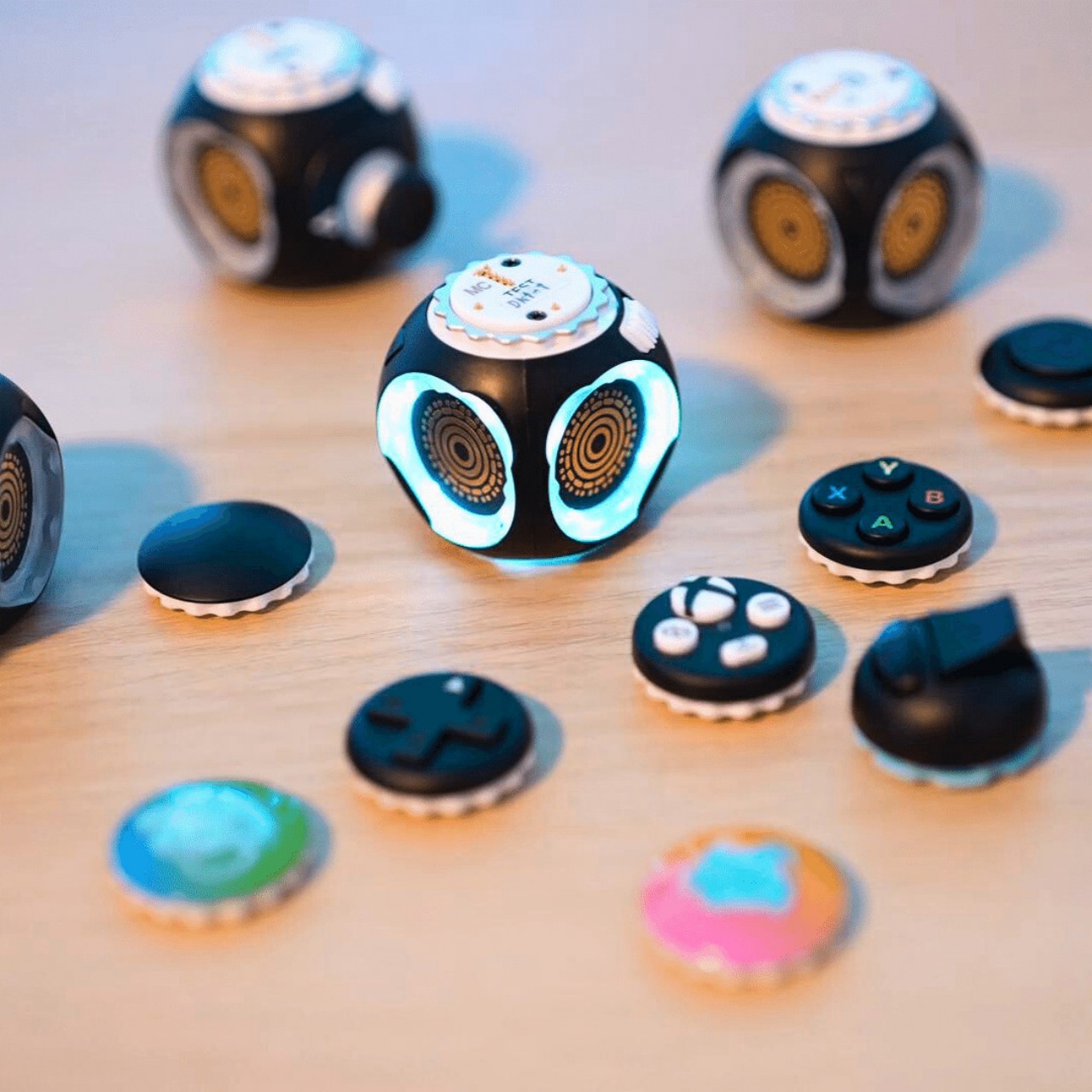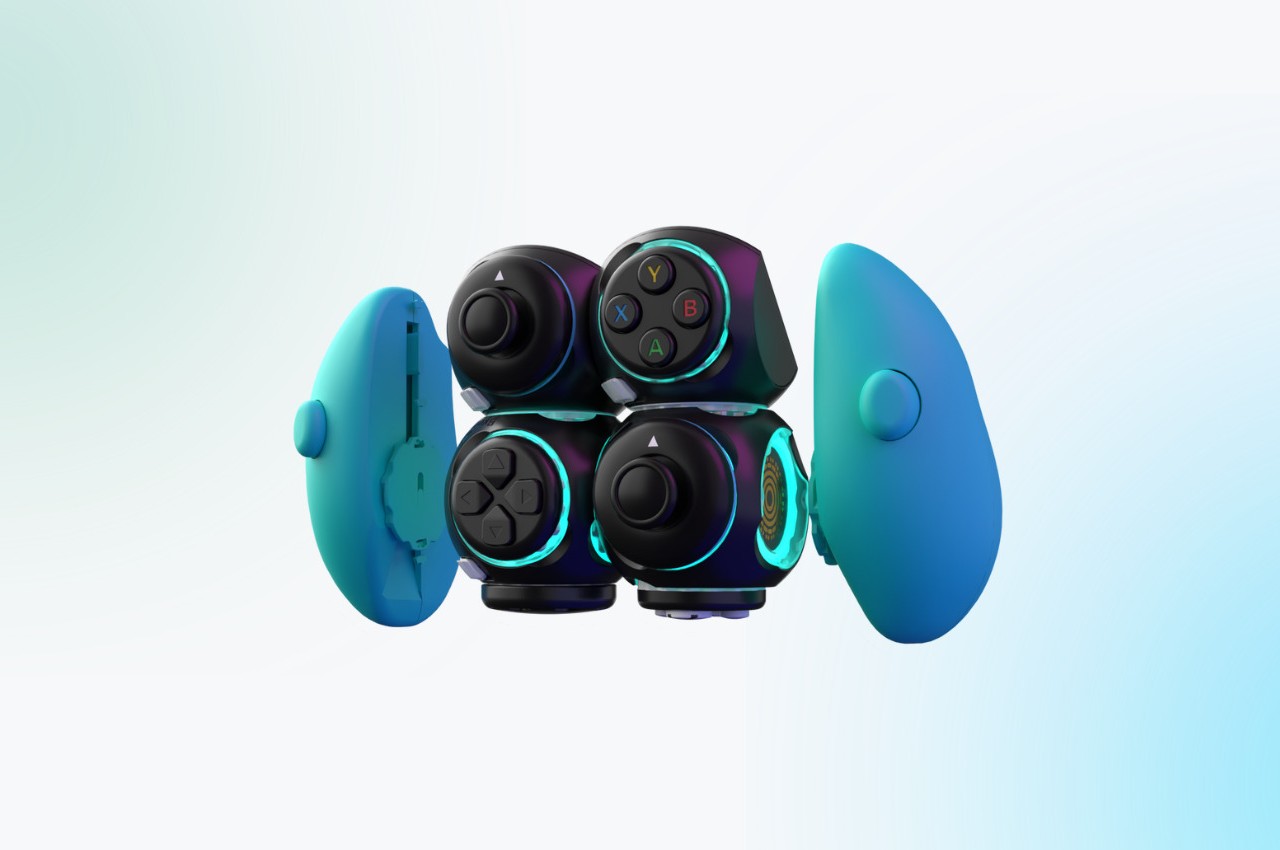Let’s face it. Water is good, but single-use plastic isn’t. The folks at LARQ want to bridge that gap by making hydration easy for you and the planet. After working on a “self-cleaning” pitcher and bottle in the past, the company is back with the LARQ Bottle PureVis 2, or what just happens to be the most cutting-edge bottle we’ve seen. LARQ calls it the “ultimate hydration companion — which by all accounts appears to be true, with UV purification, filtration, hydration reminders, and app connectivity all rolled up in a neat well-designed package. The larger of the two sizes of bottles holds 1 liter of water, and periodically sanitizes using a UV light built into the bottle’s cap. Dubbed the “PureVis technology”, this system eliminates up to 99.9999% of bio-contaminants. Then, proprietary Nano Zero filters remove chlorine and PFOA/PFOS from your drinking water with each sip, ensuring your water is pure and tastes great. Each bottle is also accompanied by a hydration tracking system via the LARQ app which sets reminders to help you achieve your hydration goals. It’s a complex system that’s all designed with a singular goal — to help you drink more water without any of those single-use plastics making their way into our landfills and our Earth.
Designer: LARQ
Click here to Buy Now: $79 $119 ($40 off). Hurry, only 27/345 left! Raised over $528,000.
The LARQ Bottle PureVis 2 is an elegant upgrade to the company’s Bottle PureVis from 2017. The bottle keeps its flagship technology, PureVis to clean drinking water by killing bacteria and microorganisms like E.coli and Salmonella in seconds. In this second iteration, LARQ has added several nifty upgrades that we’ve all been waiting for. For the first time ever, LARQ Bottle PureVis 2 now has purification and filtration in one.
to clean drinking water by killing bacteria and microorganisms like E.coli and Salmonella in seconds. In this second iteration, LARQ has added several nifty upgrades that we’ve all been waiting for. For the first time ever, LARQ Bottle PureVis 2 now has purification and filtration in one.
The two stages include a UV-purification stage that carries over from the PureVis Pitcher, a fan favorite for the home. The UV light kicks in automatically every two hours, or can be activated simply by pressing the button on top of the bottle’s lid, giving your water (as well as the bottle itself) a round of disinfection to obliterate 99.9999% of bio-contaminants. Sure, that’s a whole lot of 9s, but any math or science buff can tell you that it’s impossible to achieve 100% certainty. While the PureVis system works periodically, the bottle’s sipper comes outfitted with LARQ’s Nano Zero filters which remove harmful contaminants like Chlorine, Perfluorooctanoic acid (PFOA) and perfluorooctane sulfonic acid (PFOS), chemicals that are often found in drinking water that are known to be bad for you. The Nano Zero filters trap these contaminants, ensuring your drinking water is pure beyond EPA standards for consumption.

Track: Set your goals to improve hydration. Remind: Customize reminders to elevate your hydration game. Insights: Turn insights into action and stay on top of your goals.
Clean water, however, as LARQ founder Justin Wang will tell you, isn’t the biggest problem when it comes to drinking adequate amounts of water — it’s that people simply forget to drink water. You can lead a horse to the river, as they say… but it takes that extra push to motivate you to drink enough water. That’s why LARQ is building a companion app that will integrate seamlessly with Bottle PureVis 2, which includes hydration tracking and reminders which connect to sensors in the Bottle PureVis 2 cap to light up when it’s time to take another sip. The app tracks your hydration, measures it against your goals, sends push notifications, and even ties in with your fitness app for an overall health analysis. If that somehow seems like technological overkill to you, the bottle even has a reminder LED ring around the lid that will tell you when it’s time to drink more water – a simpler way to get you hydrated more often.
The entire purification system and hydration tracking tech fits perfectly into the LARQ Bottle PureVis 2’s elegant design. A double-wall insulated outer shell ensures your water stays at the temperature you want, a removable handle makes it easy to carry your bottle around with you, and the bottle’s lid encourages both sipping and swigging, catering to both kinds of drinking styles. A USB-C port on the lid helps charge your LARQ Bottle PureVis 2 with ease, one charge lasts 2-3 weeks of use. The bottle will come in 4 colors and two sizes – 680ml (23 oz) and 1 liter (34 oz), both of which are perfect for taking on the go. Pre-order now for up to $40 off the retail price.
Click here to Buy Now: $79 $119 ($40 off). Hurry, only 27/345 left! Raised over $528,000.
The post LARQ just casually designed the world’s smartest self-cleaning water bottle first appeared on Yanko Design.



